The US cement highway has less road load than any pavement system on earth, with little yield and very low factors of friction, plus generally sensible
grade changes imposed by thinking road designers. This allows for the crazy over driven 5 th gear, and the 4 speed with two overdrives on the lastest Mustangs.
Clause 1, this is not the CAFE cycle pleaser.
1st gear should be optimised to allow a moderate legal trailer of about total gvw below 2 tons (4500 lbs minus the car weight, or about a 1300 pound trailer ) to be able to start off on a 12.5% boat ramp gradient.
You'll find 302 will cope with 2.78 and a 2.92 diff (8.12:1 overall),
but a 351 will take a 2.46 and 2.92 axle ratio and not show any ill effects (7.18:1 overall)).
A 250 might not like a 2.95 and 2.92 axle 8.61:1 overall)).
As such, the 5.0 will cope with a 2.32:1 ist if the diff ratio is low enough geared (high numerically; 8.12:1 above would suggest a 3.5:1 axle ratio ).
As an example, Ford Australia use this to ensure a car can pull a boat up a maximum gradient without burning out a clutch, and the overall ratios are engineering defined by a simple Weight times Gravity times sine theta calculation used in Caterpillar rim pull calculations.
Rover in England with there Five speed 2600, and Ford in Australia with some over geared 1982 Facon 200 cube 3.3's with 3.22:1 first gears and 3.23:1 diffs that wouldn't do that job (9.92 Rover 2600 and 10.40 overall Falcon 3.3 respectively),
so the first gears from then on got a lot less steep to avoid customer complaint. The Rover 2600 had a 3.08 diff and 3.22 first, and it was unable to do a boat pull.
That's why a Ford 2.3 four speed would use a 4.01, 3.80 or 3.65 first with a tall 3.08 axle ratio (12.35, 11.70,11.24:1 overall).
As weight to cubic inches ratio gets worse, the over all first gear has to go up to ensure a car can clutch through an LA grid lock.
The US CAFE gearing for the World Class T5 5.0 V8'S is way too wide for optimium acceleration, it's a 12 mile LA basin laboratory emissions and mpg pleaser.
Clause 2: Ford did the gearing better in the mid 60's, with ideal gearing that should be to copy the early close ratio T10 or Top Loader Mustang 289 close ratios,
Clause 3; 3rd gear should be optimised to take the car through the traps at the idelised mph for the flywheel hp plus a 10 to 17% allowance for over reving past the peak rpm speed. In this case 4600 rom peak power, to 5382 max. Although we know it can go to 6200 or more stock 5.0.
Clause 4: 5th should be a give and take highway gear, with 4th a performance ratio, and 3rd an ideal 1320 snap shot down shift.
Clause 5: Add the bare minimum over drive top to give best top speed, based on over all body drag,
The power need to make the top speed is defined as
The hp required for an given speed is calculated below but you must know the tire size in mm, the cd and FA.
Formulae for power due to drag and drivetrain loss is then able to be worked out with ease.
cd is the drag factor. A Pinto is about 0.48, an intermediate Falcon (66-70) about 0.48, a Thunderbird 0.35, a Fox Mustang 0.44 or 0.36 if its got an SVO body kit. Early 60's XK Falcons are quite slippery before the T-bird roof get things messed up...more like 0.40 than the 0.48 or so of a 65 Falcon. Early Sprints were likely to have the least drag.
FA is the frontal area. Then multiply cd by Frontal Area Note that a Pinto is about 20.2 ft2, an early (late 60's) intermediate Torino/Fairlane is 24.2 ft2, and a fat bodied Mustang (71-73) about the same. A Fox Mustang is around 20.8 ft2. A Maverick could be as low as 21 ft2 for an early tudoor, or over 21.5 ft2 for a post 74 dodgem bumper number.
cd*FA *mph*mph*mph * 1.27
. 147733
Then add tire loss
mm*lb*mph*8
. 58 036 680
Inputing all those 5 strictures into a 5.0 with 225 hp in a 3200 pound Fox with one driver and half a tank of gas and standard 225/60 15 tires, you can get the ideal
Trail 1 Axle/Diff Ratio/Gearing
2.73
1st 3.16
2nd 1.85
3rd 1.26
4th 1.00
5th 0.85
mph per
1000 rpm
1st 8.74 5382 47.0mph
2nd 14.86 5382 80.0mph
3rd 21.88 5382 117.8mph
4th 27.57 5382 148.4mph
5th 32.26 4600 148.4mph
65 mph in 5th = 2014 rpm
3rd cannot be easily lowered to give the ideal 15 second/95 mph quarter mile you could get with a 225 hp engine.
If you lower the axle ratio, you then have to extend the gearing in 5 th to make up for it.
Trail 2 Axle/Diff Ratio/Gearing
3.27
1st 2.63
2nd 1.64
3rd 1.26
4th 1.00
5th 0.714
mph per
1000 rpm
1st 8.74 5382 47.0
2nd 14.07 5382 75.7
3rd 18.27 5382 98.3
4th 23.02 5382 123.9
5th 32.24 4600 148.3
65 mph in 5th = 2016 rpm
Trail 3 Axle/Diff Ratio/Gearing
3.45
1st 2.50
2nd 1.55
3rd 1.20
4th 1.00
5th 0.677
mph per
1000 rpm
1 st 8.74 5382 47.0
2nd 14.05 5382 75.6
3 rd 18.18 5382 97.9
4 th. 21.82 5382 117.4
5 th 32.23 4600 148.3
65 mph in 5th = 2016 rpm
This show show you can widen the ratios for tall axles, and narrow the ratios if yoy use short axle ratios. If you over cam, with a more aggressive cam, the difference between the max rpm and the power peak rpm can allow you to run those exciting 3.73 and 4.1 gears







 Reply With Quote
Reply With Quote





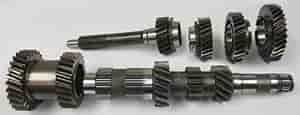
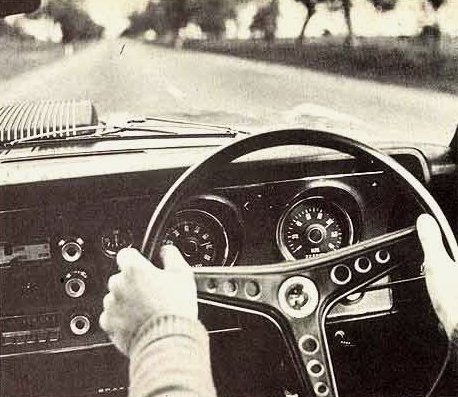
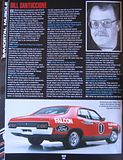
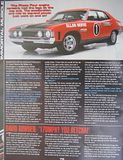


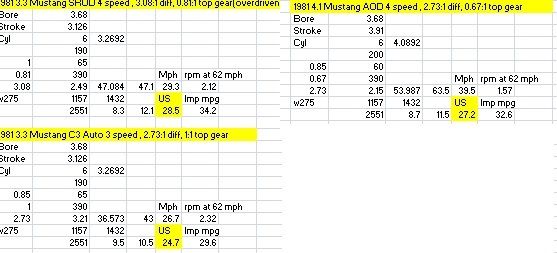

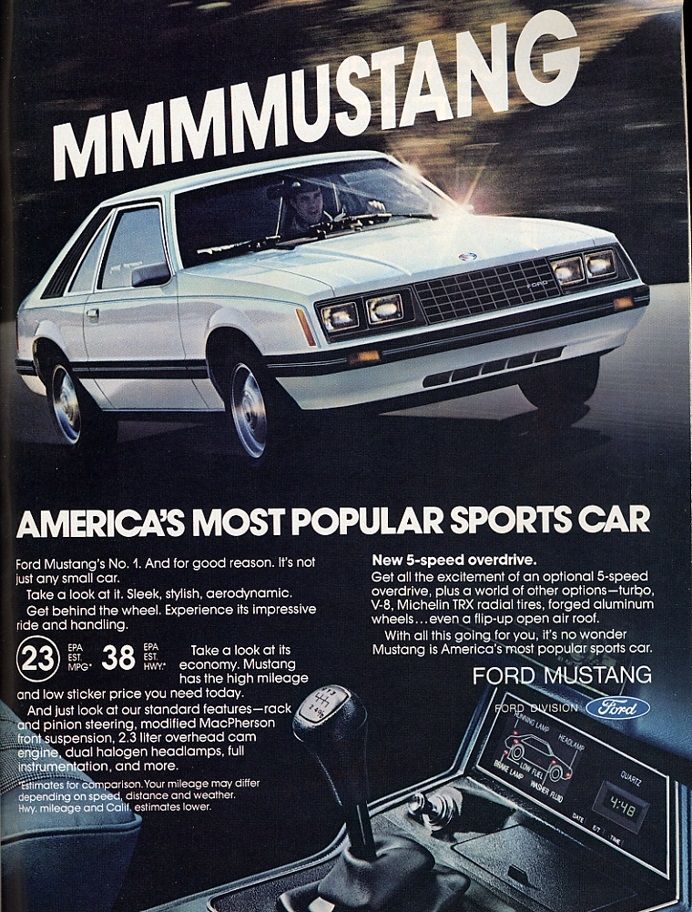

Connect With Us